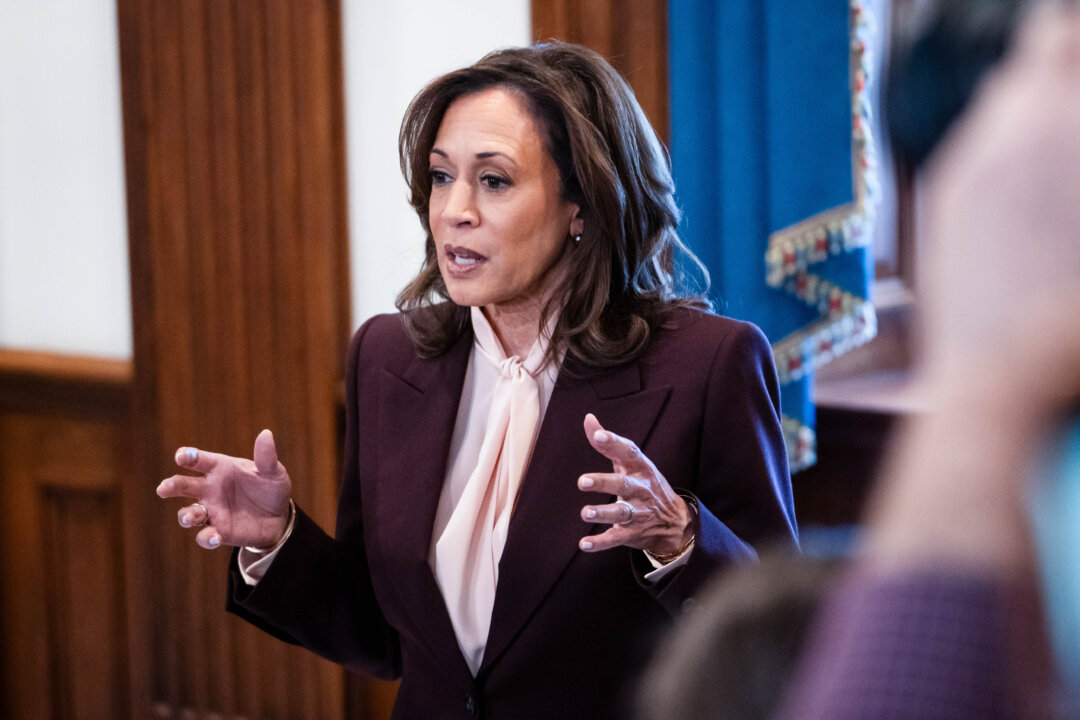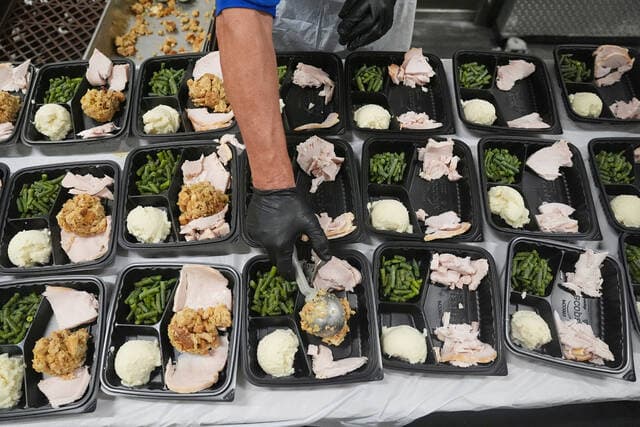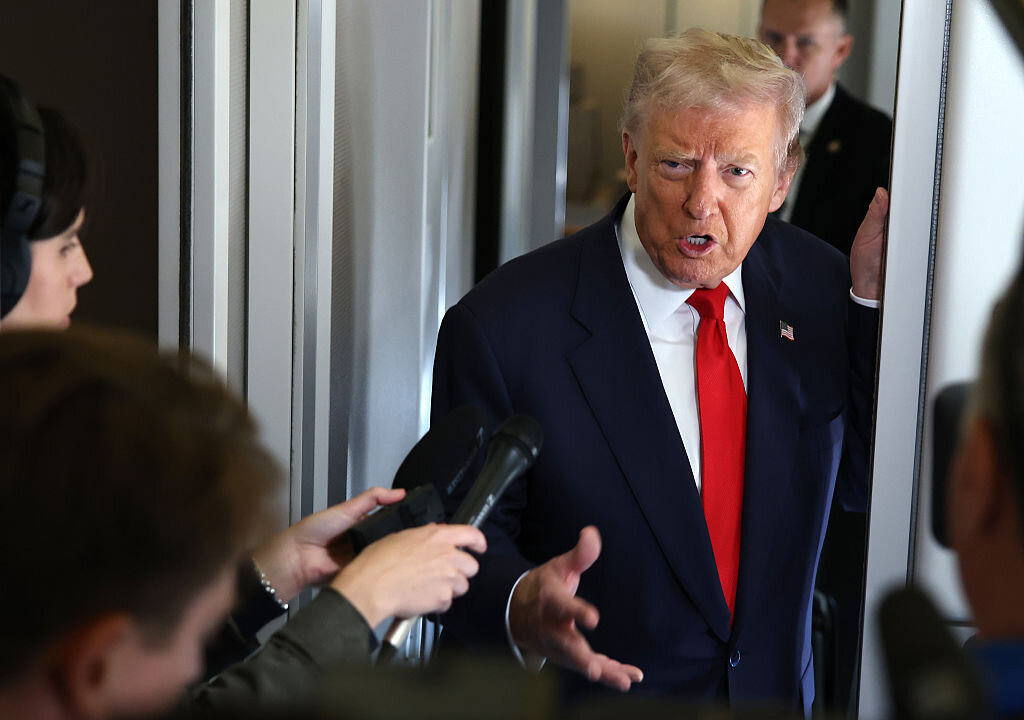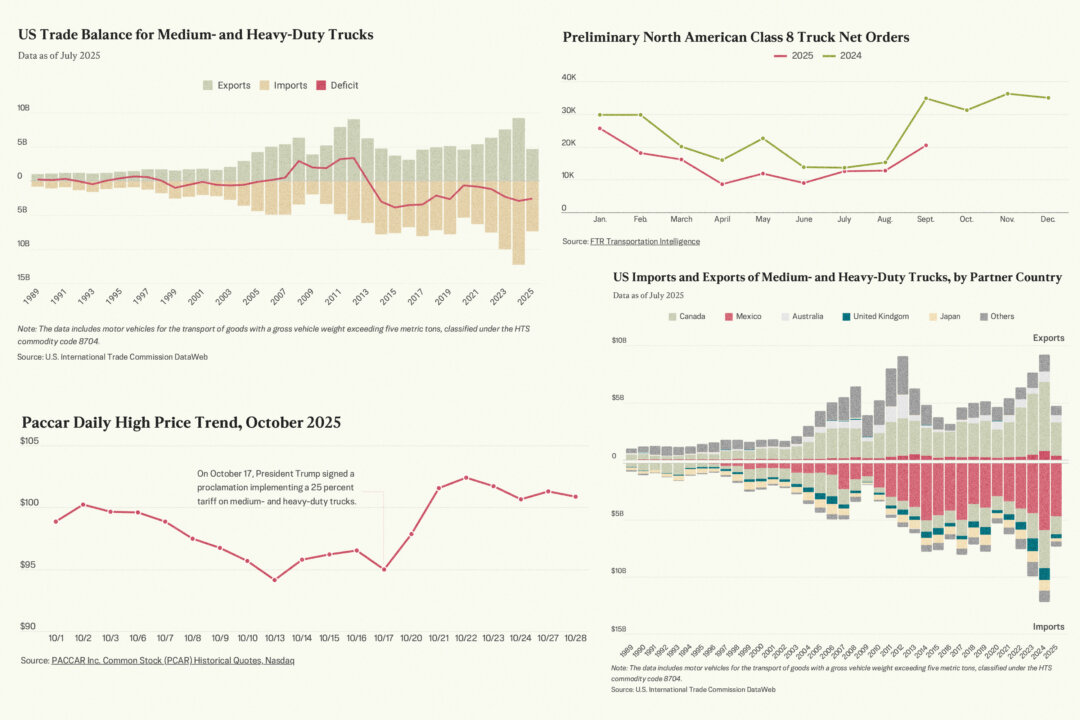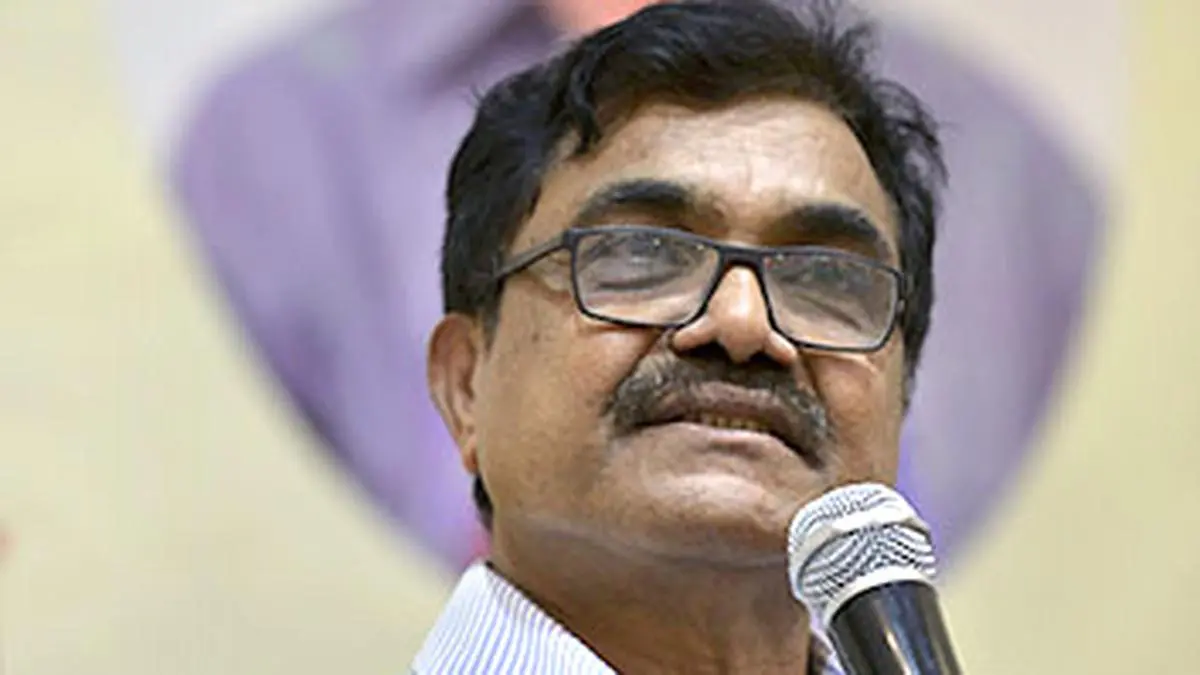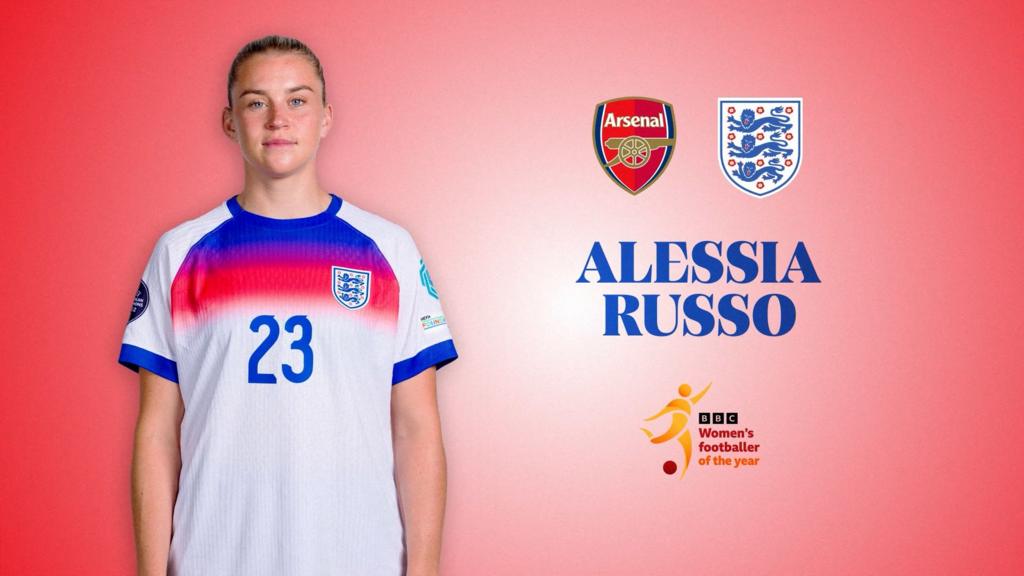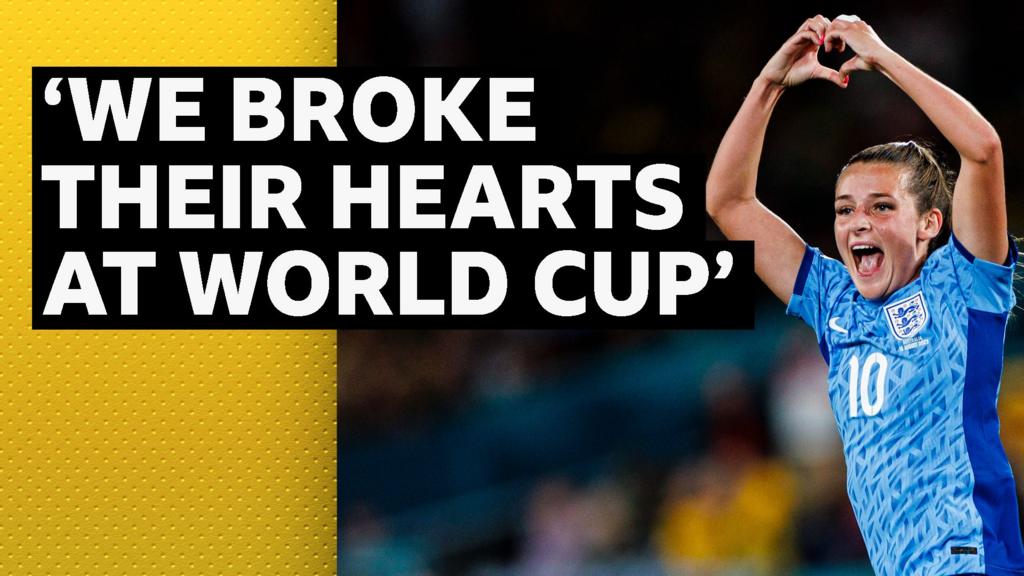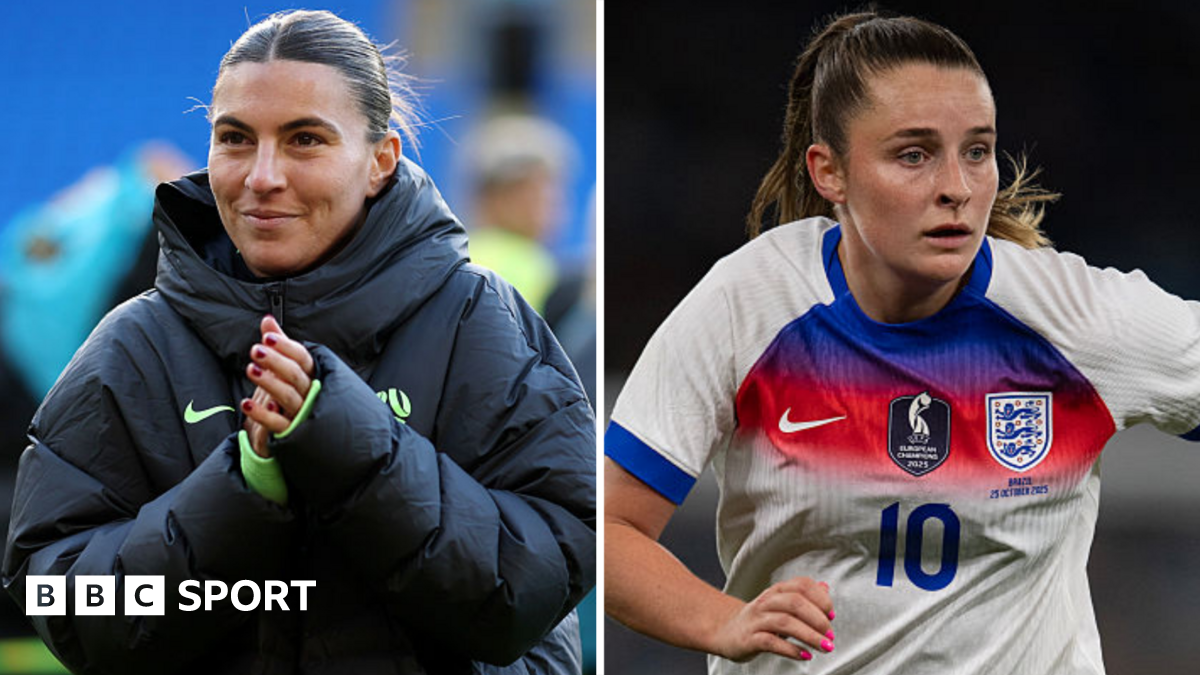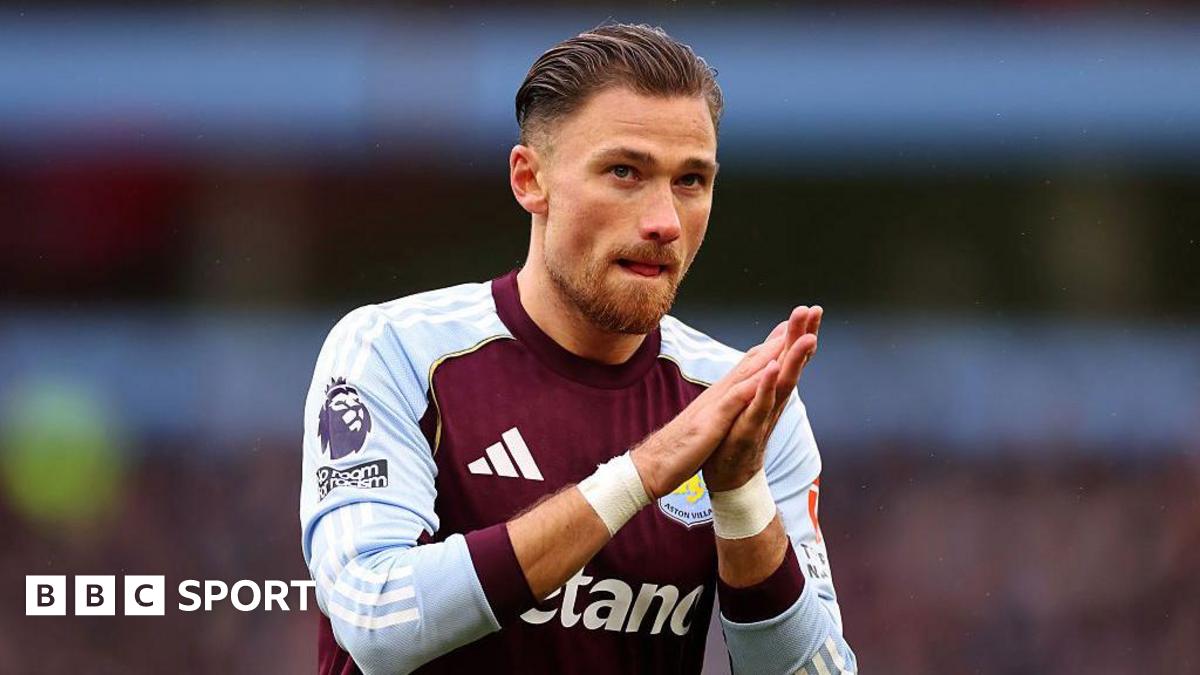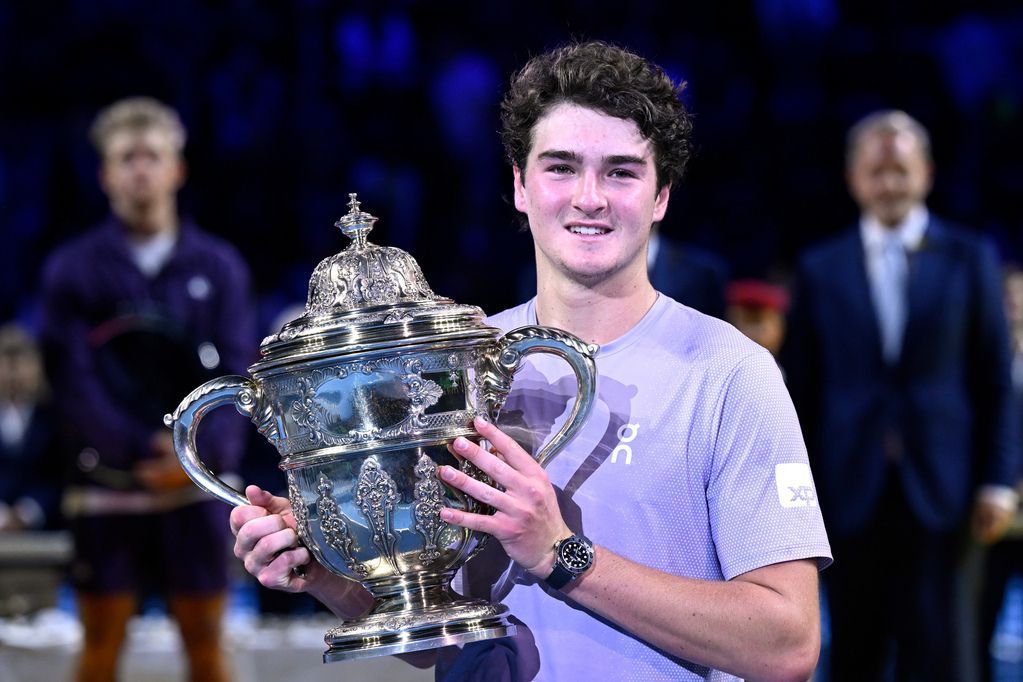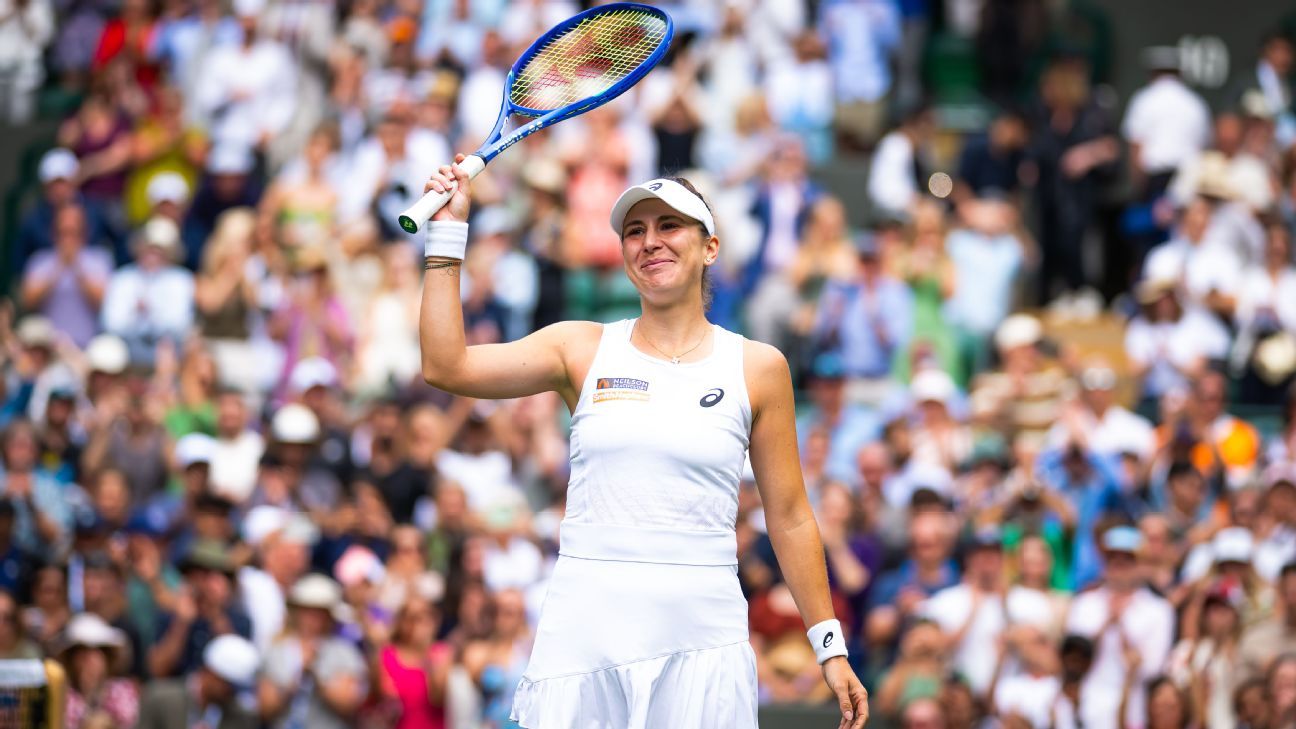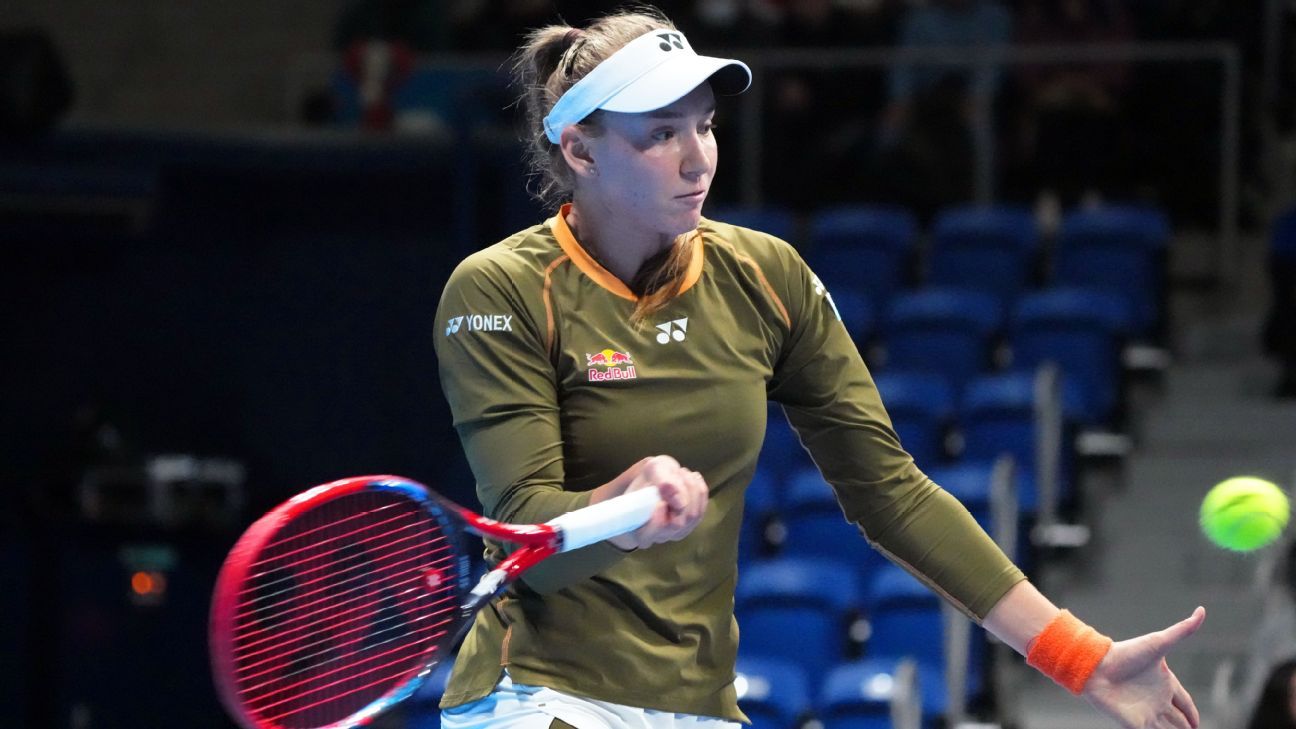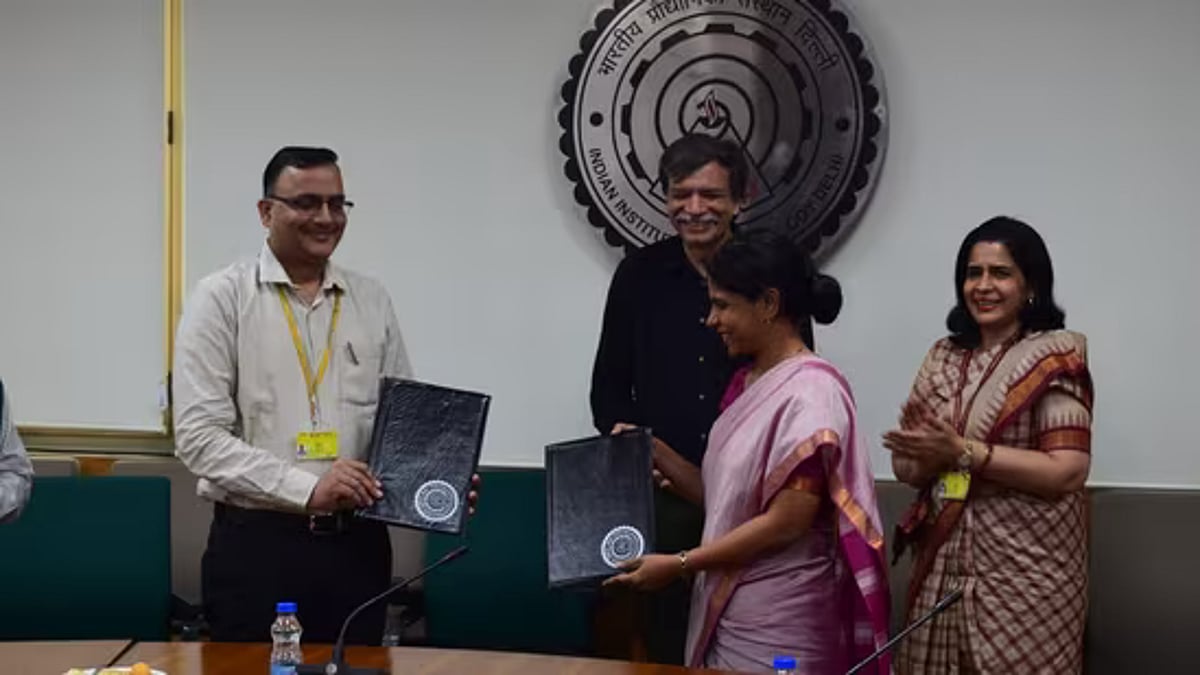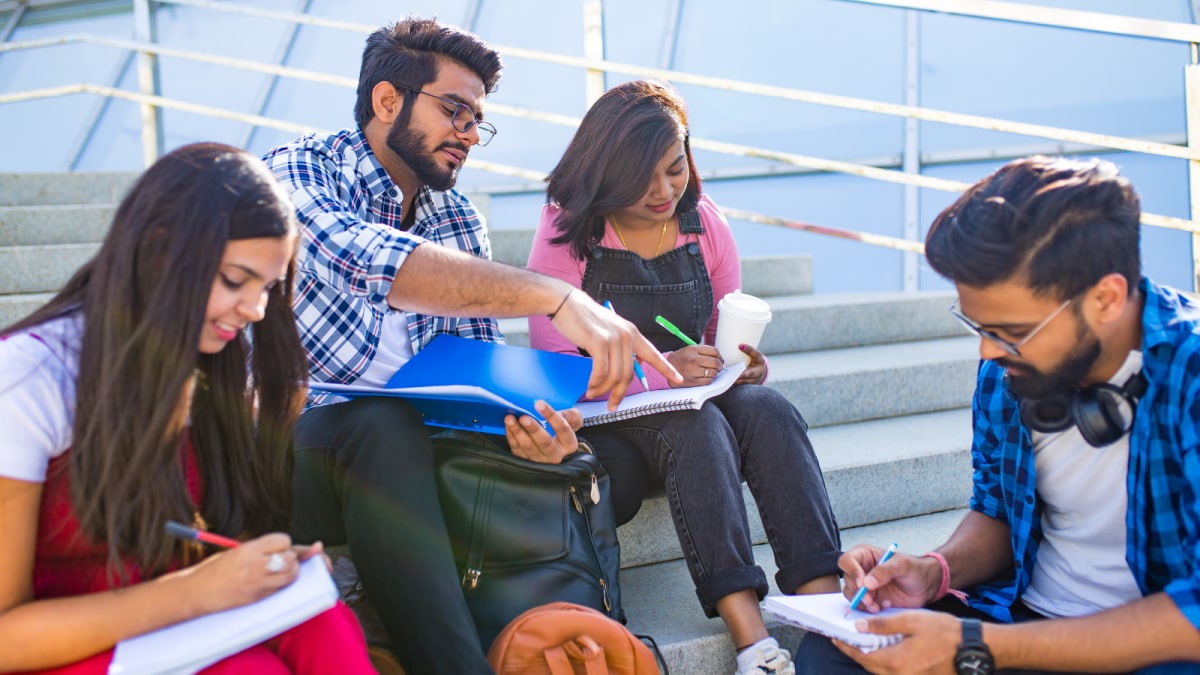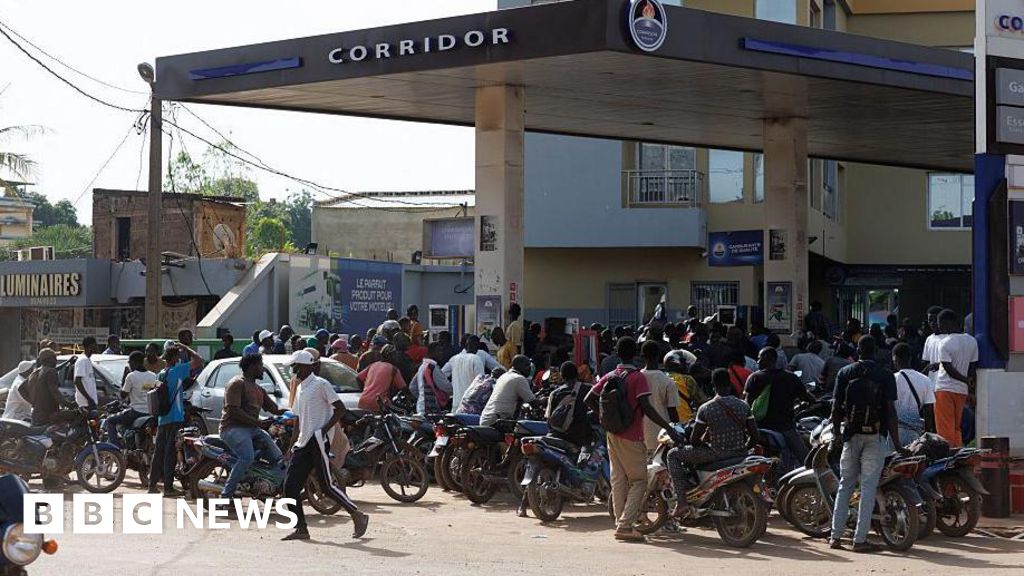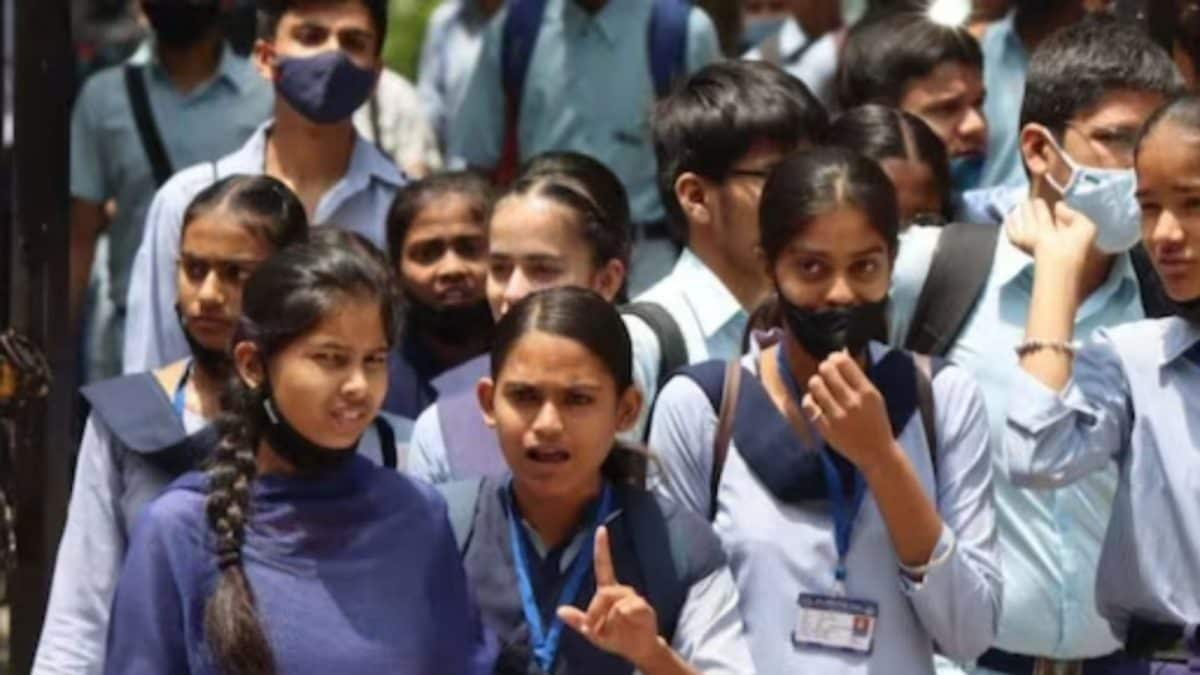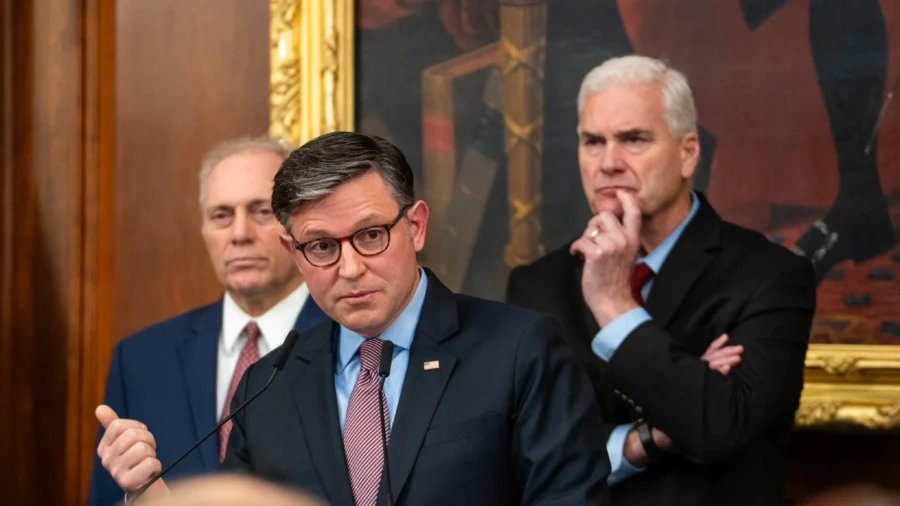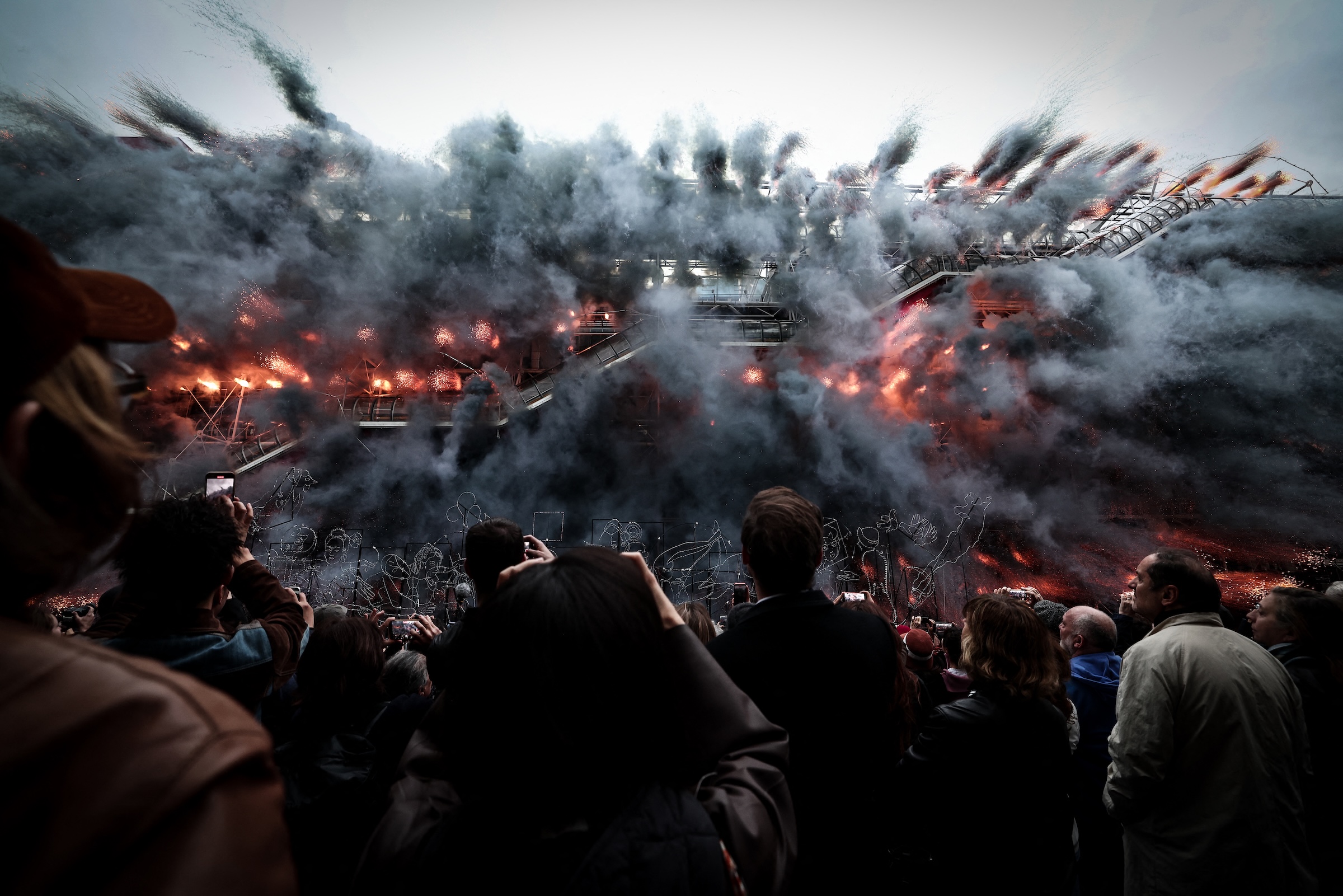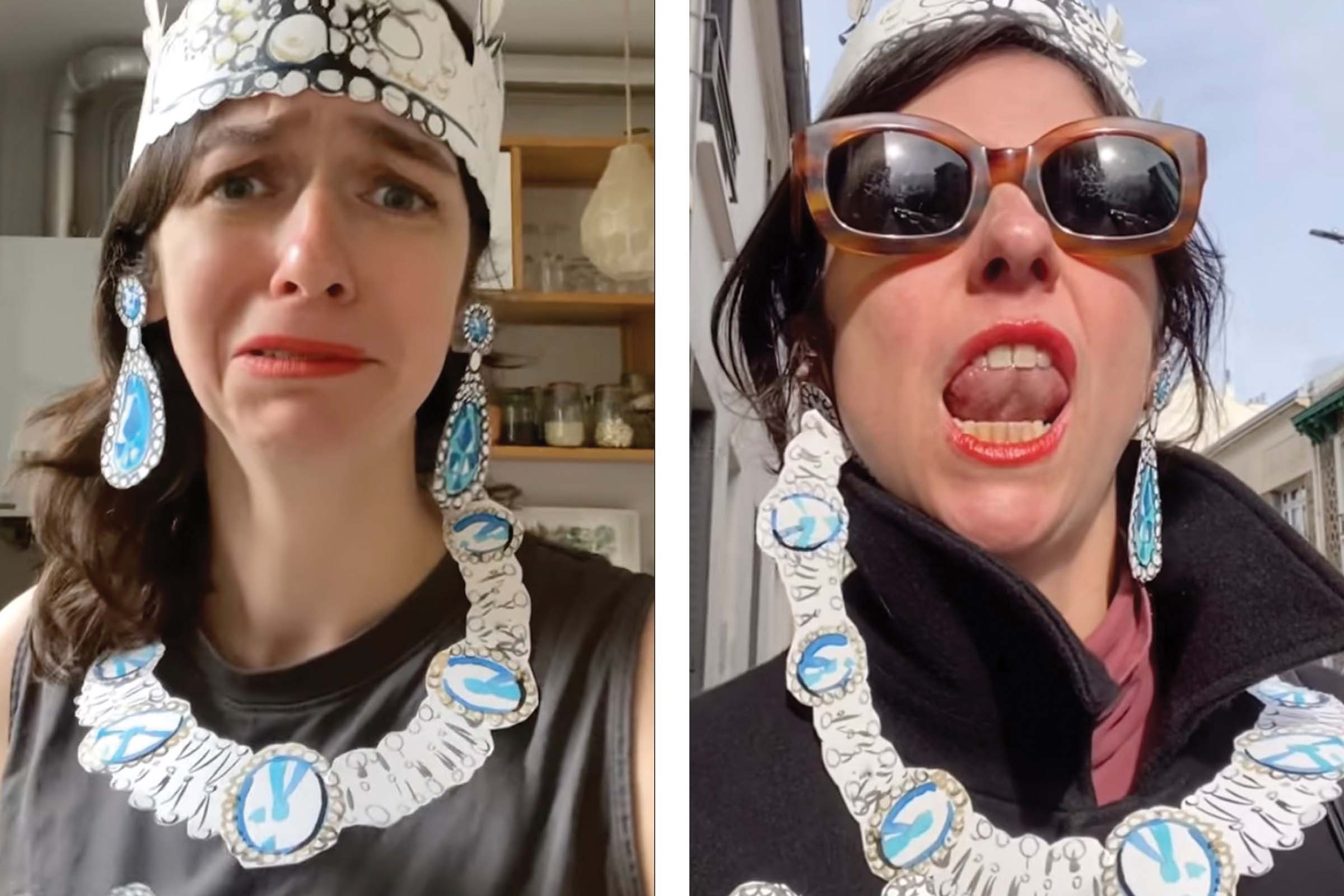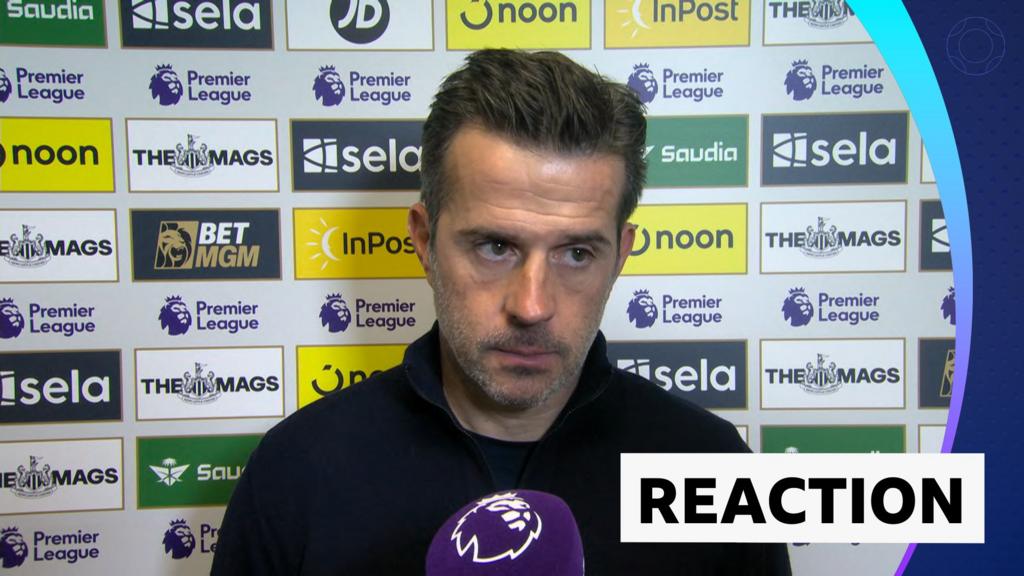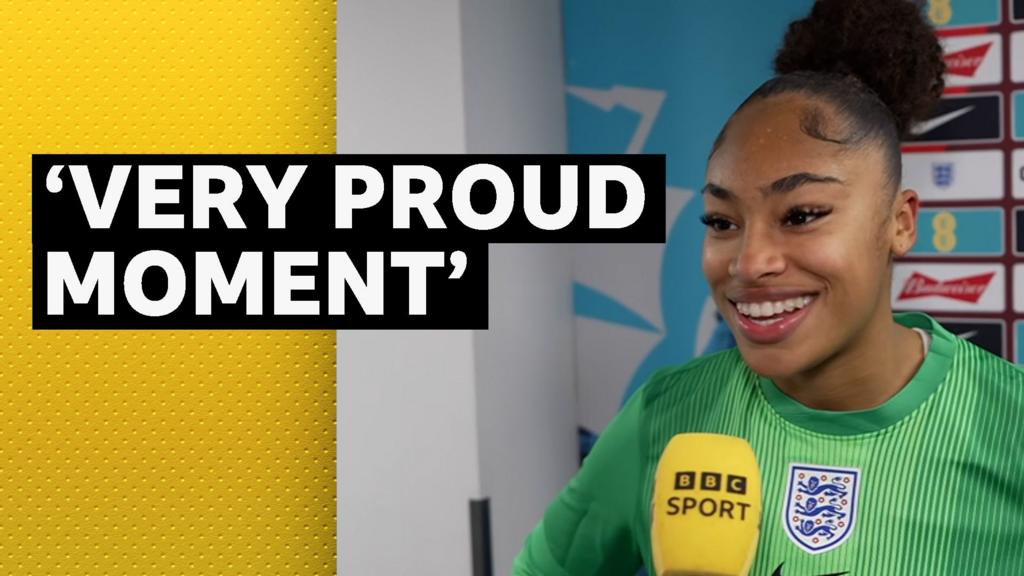Sardar Patel’s unite India campaign and the decisive role of Bhavnagar Maharaja Krishnakumarsinhji: The First Princely State’s Merger with India
India is celebrating National Unity Day on 31st October. Special ceremonies, programs and celebrations have begun in various places and states on the birth anniversary of Sardar Vallabhbhai Patel. India is celebrating and taking inspiration from the grit and patriotism of Sardar Patel, the “Iron Man” who united the nation. The people of India are also remembering Bhavnagar State and its ruler Maharaja Raol Saheb Shri Krishnakumarsinhji Gohil . The only reason is that Bhavnagar became the first step towards the dream of a united India. When Sardar Patel commenced his efforts to unify India, Bhavnagar was the only princely state that chose to join India. The result was that seeing Bhavnagar, other princely states also joined India. Bhavnagar took the first unique step in Sardar Patel’s campaign to unite the fragmented India after independence in 1947, and from there the campaign for the merger of princely states began. The then ruler of Bhavnagar, Maharaja Krishnakumarsinhji Gohil, had set a noble example by merging Bhavnagar to the Indian Union. In this article, we will discuss the conversation between Maharaja Saheb and Sardar Patel. On the birth anniversary of Sardar Patel, we will discuss in detail how Bhavnagar state contributed to his campaign to unite India. The 1939 Praja Parishad and the Maharaja’s meeting with Sardar Patel Bhavnagar state was a monarchy; however, it also included the Praja Parishad, hearings, courts and other important democratic elements. The common people were also given powers and Maharaja Krishnakumarsinhji himself was an independent and liberal personality. He was born on 19th May 1912 in Bhavnagar. After the death of his father Maharaja Bhavsinhji II, he was entrusted with the throne of Bhavnagar at the young age of only seven years. However, till 1931, the government was run under the guidance of the Diwan. During Krishnakumarsinhji’s reign, Bhavnagar became the key trading centre of Kathiawar, where maritime trade and industrial development were encouraged. In 1938, he also received many international honours and was also awarded the KCSI, yet his heart was always intertwined with the Indian independence movement. In 1939, Maharaj Krishnakumarsinhji and Sardar Patel had their first meeting. During this conference, Sardar Patel delivered a speech on public, state development and national unity, which instilled great respect for him in the mind of the Maharaja. In this very meeting, the seeds of future unification were sown. “There was a transcendent power of unity in the words of the Sardar, which touched my heart,” he said. The situation in 1947 – The challenge of making India ‘unified’ across the continent The country gained independence in 1947, however, at that time there were 565 princely states in India, whose area was 48% of the total area of India. These princely states were given three options. One was to join India, the second was to join Pakistan and the third was to remain independent. Sardar Patel, as the Home Minister, had prepared the ‘Accession Instrument’ and called upon the princely states to join the Indian Union. This document asked the princely states to give the Union of India authority over defence, foreign policy and communications, while guaranteeing the security of internal administration and inheritance. At that time the situation was such that many princely states wanted to remain independent, making it difficult to unite India. If any princely state joined the Union of India, then the rest of the princely states could also join the Union of India. Amidst this turmoil, Maharaja Krishnakumarsinhji was the first to accept the call of Sardar and voluntarily offered 1,800 Padar on a Tulsi leaf to the country. During this, he said, “Joining the Union of India is the only right option for the people of Bhavnagar and its heritage.” Meeting with Gandhi and Sardar’s diplomacy The main conversation between Maharaja Krishnakumarsinhji and Sardar Patel took place in Delhi in December 1947. The Maharaja was only 35 years old at that time. He met Gandhi at Birla House on 17th December 1947 and expressed his commitment to merger with India. Manubhen Gandhi has written a description of the Maharaja’s meeting with Gandhi in Delhi’, According to the description, as the time seemed close, Gandhi asked Manubhen to go outside in front of the car and respectfully bring the Maharaja. The Maharaja met Gandhi alone and had a conversation. “I hand over my kingdom to the feet of the country. I will accept whatever decision is made regarding my salary, private properties, etc.” Gandhi was very pleased with such a generous and noble presentation of the Maharaja. However, he asked, “Have you asked your queen and brothers?” The Maharaja replied, “Their opinion also comes into play in my decision. When the entire elephant is going, there is no point in keeping the elephant,” he humbly said. In response, Gandhi said, “The decisi
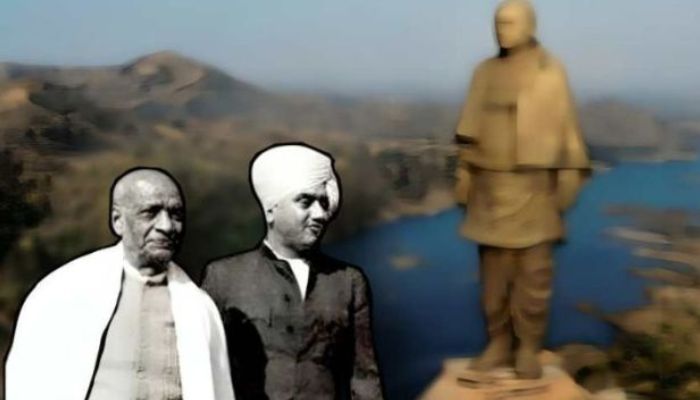


India is celebrating National Unity Day on 31st October. Special ceremonies, programs and celebrations have begun in various places and states on the birth anniversary of Sardar Vallabhbhai Patel. India is celebrating and taking inspiration from the grit and patriotism of Sardar Patel, the “Iron Man” who united the nation. The people of India are also remembering Bhavnagar State and its ruler Maharaja Raol Saheb Shri Krishnakumarsinhji Gohil . The only reason is that Bhavnagar became the first step towards the dream of a united India.
When Sardar Patel commenced his efforts to unify India, Bhavnagar was the only princely state that chose to join India. The result was that seeing Bhavnagar, other princely states also joined India. Bhavnagar took the first unique step in Sardar Patel’s campaign to unite the fragmented India after independence in 1947, and from there the campaign for the merger of princely states began.
The then ruler of Bhavnagar, Maharaja Krishnakumarsinhji Gohil, had set a noble example by merging Bhavnagar to the Indian Union. In this article, we will discuss the conversation between Maharaja Saheb and Sardar Patel. On the birth anniversary of Sardar Patel, we will discuss in detail how Bhavnagar state contributed to his campaign to unite India.
The 1939 Praja Parishad and the Maharaja’s meeting with Sardar Patel
Bhavnagar state was a monarchy; however, it also included the Praja Parishad, hearings, courts and other important democratic elements. The common people were also given powers and Maharaja Krishnakumarsinhji himself was an independent and liberal personality. He was born on 19th May 1912 in Bhavnagar. After the death of his father Maharaja Bhavsinhji II, he was entrusted with the throne of Bhavnagar at the young age of only seven years. However, till 1931, the government was run under the guidance of the Diwan.
During Krishnakumarsinhji’s reign, Bhavnagar became the key trading centre of Kathiawar, where maritime trade and industrial development were encouraged. In 1938, he also received many international honours and was also awarded the KCSI, yet his heart was always intertwined with the Indian independence movement.
In 1939, Maharaj Krishnakumarsinhji and Sardar Patel had their first meeting. During this conference, Sardar Patel delivered a speech on public, state development and national unity, which instilled great respect for him in the mind of the Maharaja. In this very meeting, the seeds of future unification were sown.
“There was a transcendent power of unity in the words of the Sardar, which touched my heart,” he said.
The situation in 1947 – The challenge of making India ‘unified’ across the continent
The country gained independence in 1947, however, at that time there were 565 princely states in India, whose area was 48% of the total area of India. These princely states were given three options. One was to join India, the second was to join Pakistan and the third was to remain independent. Sardar Patel, as the Home Minister, had prepared the ‘Accession Instrument’ and called upon the princely states to join the Indian Union. This document asked the princely states to give the Union of India authority over defence, foreign policy and communications, while guaranteeing the security of internal administration and inheritance.
At that time the situation was such that many princely states wanted to remain independent, making it difficult to unite India. If any princely state joined the Union of India, then the rest of the princely states could also join the Union of India. Amidst this turmoil, Maharaja Krishnakumarsinhji was the first to accept the call of Sardar and voluntarily offered 1,800 Padar on a Tulsi leaf to the country. During this, he said, “Joining the Union of India is the only right option for the people of Bhavnagar and its heritage.”
Meeting with Gandhi and Sardar’s diplomacy
The main conversation between Maharaja Krishnakumarsinhji and Sardar Patel took place in Delhi in December 1947. The Maharaja was only 35 years old at that time. He met Gandhi at Birla House on 17th December 1947 and expressed his commitment to merger with India. Manubhen Gandhi has written a description of the Maharaja’s meeting with Gandhi in Delhi’, According to the description, as the time seemed close, Gandhi asked Manubhen to go outside in front of the car and respectfully bring the Maharaja. The Maharaja met Gandhi alone and had a conversation.
“I hand over my kingdom to the feet of the country. I will accept whatever decision is made regarding my salary, private properties, etc.” Gandhi was very pleased with such a generous and noble presentation of the Maharaja. However, he asked, “Have you asked your queen and brothers?” The Maharaja replied, “Their opinion also comes into play in my decision. When the entire elephant is going, there is no point in keeping the elephant,” he humbly said.
In response, Gandhi said, “The decision of Bhavnagar Maharaj is important for the unity of India.” He also advised the Maharaja to meet Sardar Patel and asked him to move forward in this direction. Subsequently, a meeting was held between both Maharaja Krishnakumarsinhji and Sardar Patel and for the first time, the merger of a princely state into the Union of India was considered.
Notably, Dr. Gambhir Singh Gohil, who wrote the biography of Krishna Kumar Singh under the title ‘Prajavatsal Rajvi’ and former principal of Shamaldas College, Bhavnagar, has also mentioned this incident. Sardar had personally told the Maharaja that, “Unification of princely states is not only a political matter, but the welfare of the people is also hidden in it. Only with the cooperation of progressive rulers like you, India can become the great democracy of the world.” Responding to this, the Maharaja expressed concern about the traders, people and its economic stability of the Bhavnagar state.
Sardar Patel, however, assured that all matters would be taken care of. “Bhavnagar will be given an annual annuity, autonomy of internal administration and security of trade routes. The Centre will help in strengthening your polytechnic institutions.”
This agreement was finalised via VP Menon. Expressing gratitude to the Maharaja of Bhavnagar, the agreement stated, “This merger will further strengthen Bhavnagar and the connection and feelings of the Maharaja of Bhavnagar with his people will remain intact and unbroken.”
The first merger and its consequences
On 15th January 1948, Sardar Patel arrived in Bhavnagar and in a special ceremony, Maharaja Krishnakumar Singh publicly announced the official declaration of ‘Responsible Democracy’ to the people of Bhavnagar . During this time, he handed over the administration to the representatives of the people and signed the Accession Instrument. With this, Bhavnagar became the first princely state in India to be completely merged with India. On 15th February 1948, Bhavnagar merged with the state of Saurashtra, which also inspired 222 other princely states of Saurashtra.
This sent a strong message to Junagadh, Porbandar and other princely states and their people that only unity is the path to progress. With the joint efforts of Sardar Patel and the Maharaja of Bhavnagar, the process of merger started moving forward. Gandhi also used to give the example of Bhavnagar to other princely states. Manubhen’s book describes that Gandhi used to tell other princes who came to meet him, “You were asking, how should we behave now? So, you should take the example of Maharaja Krishnakumarsinhji of Bhavnagar and adopt the path he took.”
Bhavnagar’s merger with India inspired other princely states. These started preparing for an official merger with India and Sardar Patel being India’s ‘unifier-in-chief’ expedited the process. he merger of Bhavnagar was the first victorious step of Sardar Patel’s strategy. He united the princely states on the basis of diplomacy and trust. On the birth anniversary of Sardar Patel, this history reminds us that unity is built only through trust and dedication. What makes it important to remember Bhavnagar and the Maharaja of Bhavnagar on the birth anniversary of Sardar Patel is that he took the first and decisive step for the unification of India and offered the first “Aahuti” in the dream-like yagna of Sardar Patel’s Akhand Bharat.


